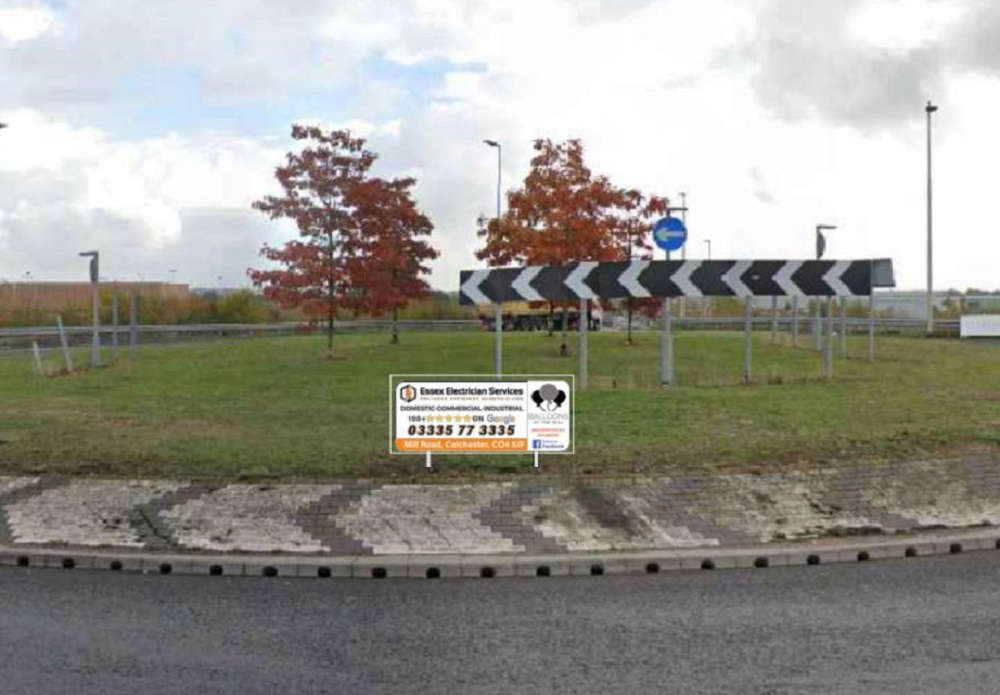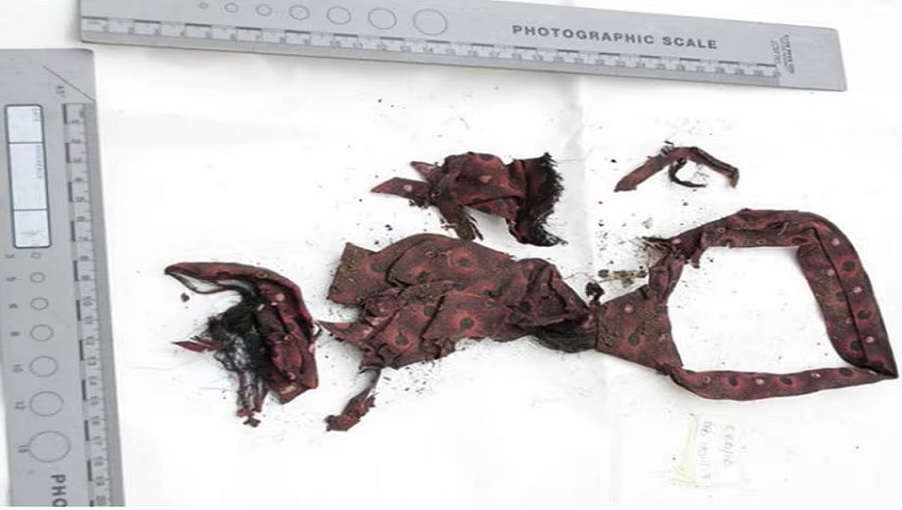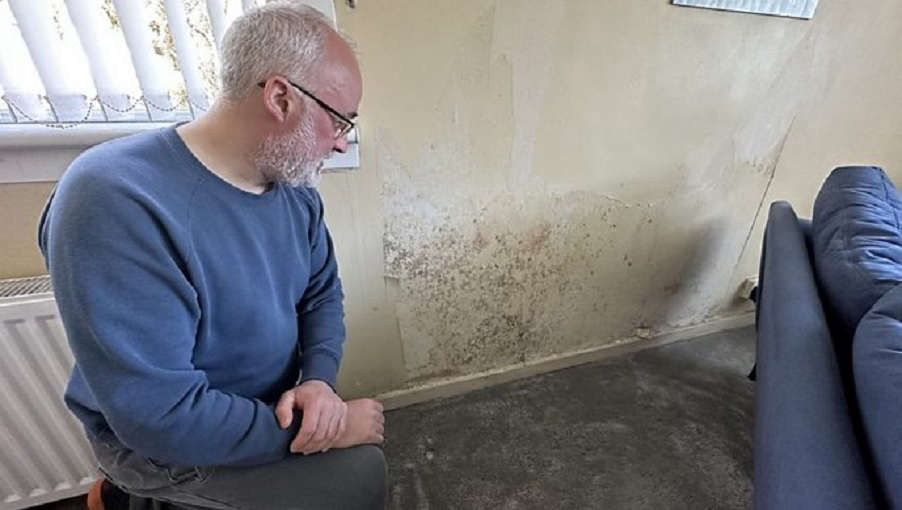

Polish Builders find 400 buried Jewish items
Posted: Wednesday, January 18th, 2023

23 Polnocna Street in the central Polish city of Lodz is a rundown apartment building, one in a long row of pre-war buildings on a cobblestone street. A shocking discovery in December 2022 shed light on the building’s vibrant Jewish history, reports Aish.com. Builders working on a renovation project unearthed a large wooden box buried in the yard behind the building. They found a virtual treasure trove: over 400 silver objects, including Kiddush cups, menorahs, Shabbat candlesticks, silverware, as well as some glass cosmetic containers, all packed in old newspapers. There was no note, no instructions of where to send the items or any indication of who their owners might have been. “Those residents who buried these items did so most likely thinking that they would one day return for them, that they would be able to retrieve them,” Lodz’s Deputy Mayor Adam Pustelnik explained to reporters. The items once graced the homes of Jews who seemingly hastily buried them in the early days of World War II. Looking at them, it’s almost possible to imagine the warm family scenes that played out during beautiful Shabbat dinners when these Shabbat candlesticks glowed with light and the Kiddush cups and cutlery helped make families’ Shabbat dinners warm and special. For hundreds of years, Lodz was home to one of the world's largest Jewish communities. On the eve of World War II, Lodz – Poland’s third largest city – was an intensely Jewish place. About a third of its 1939 population of nearly 700,000 were Jews. Jewish schools, synagogues, youth groups, charities and clubs created a vibrant cultural and religious life. The city was home to Yiddish theaters and newspapers, and other Jewish periodicals printed in Polish and Hebrew. Chassidic Jews, secular Jews, idealistic Zionists all called Lodz home. The first Polish language Jewish high school was located there, as were yeshivas that taught in Yiddish, and Zionist training centers where the language was Hebrew. There was even an early kibbutz – Jewish communal farm – where Jews practiced farming skills before moving to the Land of Israel. Life wasn’t easy. Lodz Jews realised that they were barely tolerated by their Polish neighbors. The city was devastated during the First World War, and in the aftermath, government programs helped non-Jewish residents rebuild – while ignoring the Jewish owned sectors in the city, particularly textiles, which was seen as a “Jewish” industry at the time. In the 1930s, antisemitism reached sky-high levels and attacks on Jews became common. Still, the Jews of Lodz managed to flourish, maintaining their Jewish lifestyle and beliefs in the face of rising hatred. Soon after Germany invaded Poland in September, 1939, they started planning a Jewish ghetto in the northeastern part of the city. The border of the ghetto ran very near 23 Polocna Street, where the box was buried. Starting in 1940, Jews from the rest of the city and areas as far away as Vienna, Luxembourg and Prague were systematically moved into the Lodz ghetto, ordered to pack a few items hastily and move to the designated area. Eventually, 230,000 Jews would be confined in a fenced off area measuring 1.5 square miles, as well as 5,000 Gypsies in a nearby subcamp. The ghetto was sealed off from the rest of the city by barbed wire fences.
Trending Stories
-
 Essex electrician has roundabout signs rejected
Essex electrician has roundabout signs rejected
A sparkie’s bid to sponsor signs on two roundabouts has been refused by planning chiefs who described them as “clutter”
-
 Barbie caused a ‘worldwide’ shortage of pink paint
Barbie caused a ‘worldwide’ shortage of pink paint
Barbie needed so much fluorescent pink paint that it caused a worldwide supply shortage for an entire company
-
 Builders find body of man murdered in the 1960s and buried in back garden
Builders find body of man murdered in the 1960s and buried in back garden
A woman who bought a South London house was left horrified after builders discovered the body of a man murdered in the 1960s and buried in her garden 14 months after she moved in
-
 'Government insulation scheme ruined my home'
'Government insulation scheme ruined my home'
A home-owner said his flat has been ruined by black mould caused by a government "green" insulation schem
-
 Builder celebrates lottery win by buying his coworkers bacon butties
Builder celebrates lottery win by buying his coworkers bacon butties
A builder from Milford Haven who won big on the lottery celebrated his victory by treating all his workmates to a round of bacon rolls
Comments
Add a comment